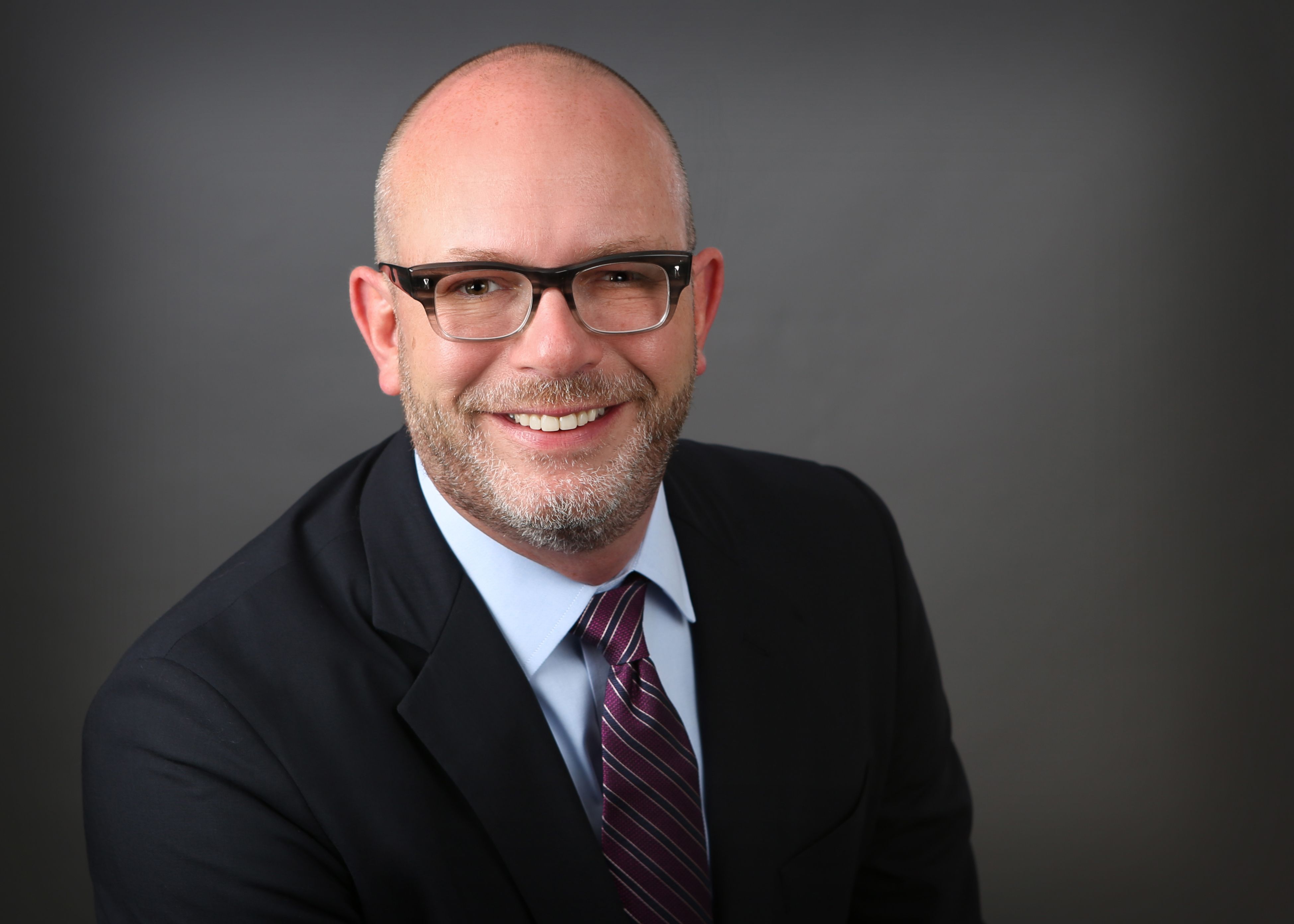Q&A: Proposed changes to Social Security Act would recognize pharmacists as healthcare providers
The role of pharmacies is evolving as pharmacists take on more responsibilities in patient care management. However, under federal law, these valuable members of the healthcare continuum are not recognized as providers. This creates challenges for reimbursement and imposes artificial limits on what pharmacists are legally allowed to do under state scopes of practice.
In an exclusive interview, HealthExec spoke with EnlivenHealth’s Head of Pharmacy Transformation, Jason Ausili, PharmD, about proposed changes to the law that would transform every community pharmacy into a one-stop shop for patients in need of common treatments, such as antibiotics.
Ausili is a pharmacist who began his career behind the counter in retail pharmacy. Now, he works to shape technology that improves the clinical workflows of pharmacists while advocating for the elevation of their role in providing healthcare services to communities.
Editor's Note: The following interview has been edited for clarity and concision.
HealthExec: Most consumers still think of pharmacists as individuals who fill prescriptions. How has their role evolved over time?

Ausili: Pharmacists are becoming more sophisticated providers in many ways. Gone are the days of coin-and-pour, lick-and-stick, and simply filling prescriptions. The shift toward acting more like healthcare providers really ramped up when pharmacists began vaccinating people in their communities. A significant shift occurred in 2008 with the spread of H1N1—and then pharmacists vaccinated more people during the COVID-19 pandemic than any other healthcare provider.
But vaccines are just the beginning. We're seeing state policy reforms happening across the country, where pharmacists are becoming more sophisticated providers in many ways, treating minor ailments that the broader healthcare system is too bogged down to effectively accommodate.
What is the reason pharmacists aren't largely considered providers in terms of reimbursement?
Under Medicare Part B, the Social Security Act does not recognize pharmacists as healthcare providers, and Medicare sets the stage for this disparity. The fact that pharmacists are not recognized as healthcare providers at the highest level has created a payment disparity. In some states, pharmacists can bill Medicaid programs for various services, but they cannot provide the same services for the aging population on Medicare, as there is no way to get reimbursed.
Is there any movement on policy that would change that?
There are two major bills currently being discussed: the Equitable Community Access to Pharmacist Services (ECAPS) Act and the Pharmacy and Medically Underserved Areas Enhancement Act. Both are landmark bills that would amend the Social Security Act to recognize pharmacists as providers. While their scope is not broad and they do not override state scopes of practice, they provide a payment mechanism for services provided by pharmacists and could significantly change the landscape from a payment perspective.
As it stands, pharmacists can do a lot within their scope of practice, but there is no way to be reimbursed by Medicare.
Would these changes allow pharmacies to function more like urgent care centers? Meaning, could pharmacists prescribe basic medications, like antibiotics, and that sort of thing?
Absolutely. About 90% of the population lives within five miles of a pharmacy. If a patient has symptoms of the flu, strep, or COVID, they may not be able to get into their primary care office. As a result, they might go to urgent care, the ER, or not get treated at all—and none of those are good options.
When it comes to common ailments, pharmacists offer a very cost-effective way to reduce the total cost of care. The ability to test and treat is primarily what the ECAPS Act focuses on—testing and providing treatment for COVID, flu, RSV, or infections that may require antibiotics. The ECAPS Act would create a one-stop-shop for patients and ultimately reduce the total cost of care.
What challenges would be overcome if the ECAPS Act passes and pharmacists are viewed and reimbursed as providers?
Pharmacists will need more data for sure if they’re going to be testing and treating patients, but that’s also a challenge that urgent care centers face. The biggest obstacle will be ensuring pharmacists provide care for which they can be reimbursed. Things are going to be a bit confusing for pharmacists, as their scope of practice—what they can do—will vary based on local and state laws.
At EnlivenHealth, one thing we’ve done is create a tool that helps pharmacists understand their scope of practice and reimbursement potential across all 50 states. We have a team of clinical pharmacists who review the Board of Pharmacy rules, standing orders, and legislative activity. Essentially, they’ve surveyed the entire country and developed a tool that helps pharmacists understand what they can do in their state, as scope of practice can vary quite broadly. We don’t have the luxury of full practice authority like physicians do, so there was a clear need for us to create a tool that offers guidance on what a pharmacy can get reimbursed for. This way, they can begin expanding services in their communities.

